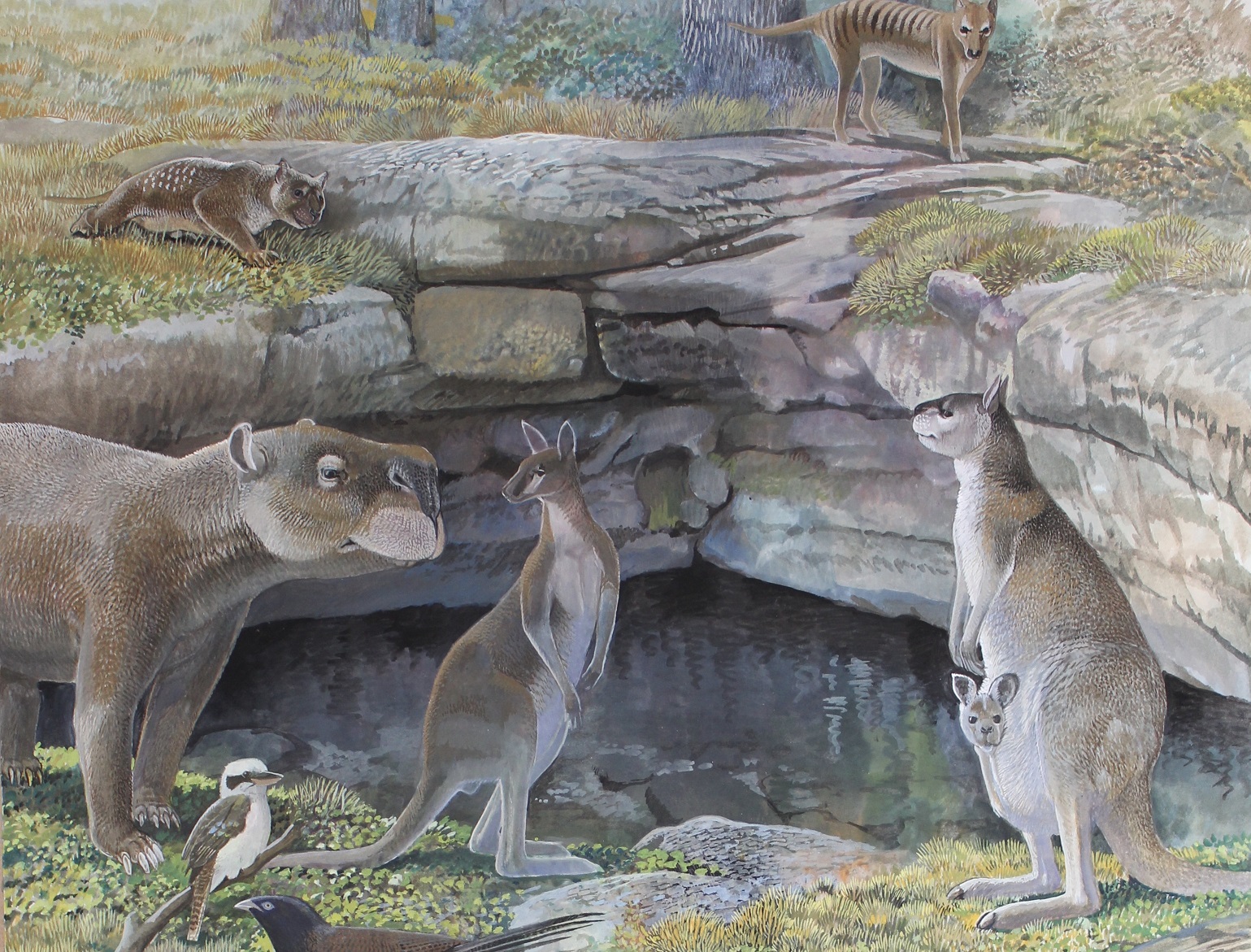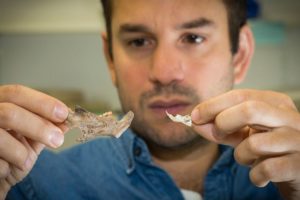
A team of researchers and cave divers have successfully lobbied for the protection of a unique fossil site in South Australia, which could pave the way for the future preservation of other important palaeontological sites around Australia.
The underwater cave site known as the Green Waterhole in the Mount Gambier region contains the only known extensive underwater vertebrate fossil deposits in Australia, has been listed on the South Australia State Heritage Register.
The unique freshwater depositional environment has ensured the preservation of extinct species of megafauna such as marsupial lions, short-faced kangaroos, and carnivorous kangaroos, with several additional species new to science recovered and awaiting description.

Associate Professor Julien Louys, Deputy Director of Griffith University's Australian Research Centre for Human Evolution, alerted the South Australian Department for Environment and Water staff to the significance of the Green Waterhole site and the risks to its preservation.
Following a presentation by Associate Professor Louys in late 2020, Heritage South Australia Acting Manager Anna Pope formed the SA Fossil Heritage Working Group, which comprises fossil and heritage experts from SA Department for Environment and Water, South Australian Museum, Griffith University, Adelaide University, Flinders University, and the Cave Divers Association of Australia.
The process saw the site attain provisional listing in the SA State Heritage Register, which Associate Professor Louys said was "a huge step forward in protecting the site and fossils within it".
"But it's also highlighted how little protection there is for many other sites in the state, and Australia as a whole."
The official listing of the site was announced in June and now has permit protection, meaning that any visitors wishing to undertake excavations at the site would need appropriate supervision to ensure its significance was preserved for future generations.
Green Waterhole was first explored by divers in the 1960s and has been sporadically studied and collected from since then. There were also major fossil recovery efforts in the 1980s and smaller collecting activities.
The underwater setting means the bones have been completely undisturbed since the animals died, which makes sites such as this important for future research, according to Associate Professor Louys.
"What initially interested me was finding out how the bones were deposited in the caves, and what happens to them in underwater settings," he said.
"I've worked in a lot of dry caves as part of my research and have been studying the processes of fossil accumulation and preservation in those environments. But underwater settings are potentially very different, and these were the initial questions I wanted to explore with these sites."

The SA Fossil Heritage Working Group has recently contributed to SA's first Fossil Heritage Survey, which has identified several other significant fossil sites.
The Working Group will contribute to support further research and heritage assessments to potentially list other fossil sites that need protection.
"Some of these sites are at risk of being lost forever," Associate Professor Louys said.
"They provide not only a window into Australia's past, but their fossils can help educate and inspire Australians about our environments and are instrumental in understanding how past climate and environmental change affected ecosystems, fauna, and flora.
"The laws and legislation concerning fossil protection in Australia aren't very clear, not consistent across states and territories, and rarely if ever enforced.
"Palaeontology is more than just studying dinosaur bones. Where the fossils come from, their context, age, and relationship to other fossils is critical information we use to understand past environments and how climate change impacted ecosystems in the past.
"If these are lost or destroyed, they're gone for good and whatever we might be able to learn about Australia and our future wasted."
Associate Professor Louys was awarded $260,820 for the ARC Linkage project titled 'Deep time extinctions and environments in Australian underwater caves'.






